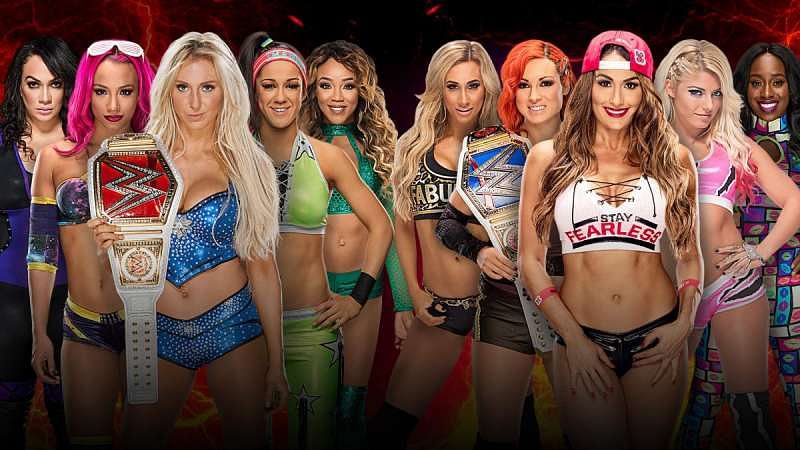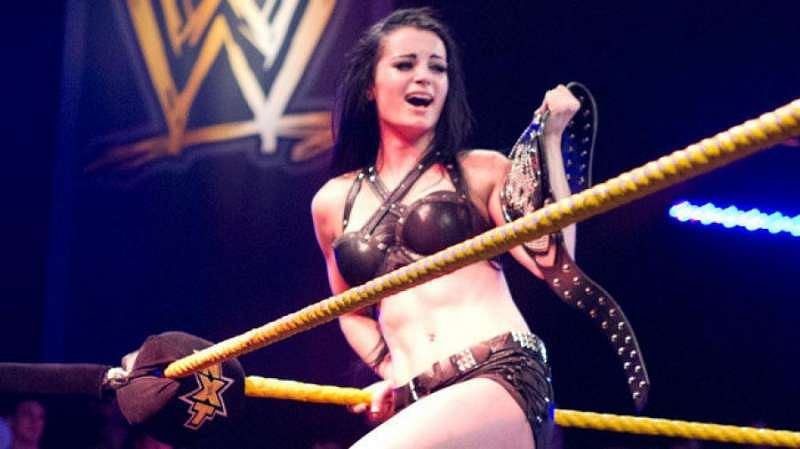
The rise of the WWE Women’s Revolution
2016 saw the resurgence of women’s wrestling in WWE. The WWE Divas Championship was cast aside in favour of the prestigious Women’s Championship. Though this Women’s Championship does not share the same lineage as the one that preceded it, it marked a massive change in the way that females were presented in the ring by the WWE.
One has to look back at the beginning of this revolution to see how it has evolved and changed in such a short amount of time. A simple hashtag marked a change from the 2-minute matches on live TV every fortnight and the lack of any real feuds - #GiveDivasAChance.
Before the female wrestlers of the WWE were referred to as Superstars, just as the men are, they had their own brand and were known as Divas. This term could be considered quite sexist looking back, but it allowed the WWE marketing machine to try and appeal to the male demographic of 20 to 30-year-olds.
It was more about the talent’s look and sex appeal than actual wrestling ability. Though Lita and Trish Stratus did get a chance early on to express their talent in the main event of Raw, this was short-lived. Not to mention the fact that both of them started in the stereotypical management roles for the male Superstars.
This approach worked back in the late nineties and early noughties. The problem was, as we entered an age where women were becoming more prominent in sports such as UFC and football/soccer, WWE was sending out the wrong message about what they were capable of.
They were behind the times, which isn’t really like WWE. If this ever became a problem in any other department, they rectified it. Nothing proved this more than the transition into the Attitude Era, as childish, gimmick based programming became stale.
Women in WWE became increasingly less important as time went on and talent such as the Bella Twins, Summer Rae and Alisha Fox could get no real TV time, no real feuds and were becoming a distant memory for the WWE.
Paige dominates developmental
NXT formed as a developmental brand in 2012 and it was wholly in Triple H’s hands. He could see the talent that the women possessed and more than likely spurred on by his wife Stephanie McMahon, set about rebuilding the female division from the ground up.
Women from all over the world entered the NXT scene and began to impress. Paige is probably the most famous of this initial batch of Superstars that were finally given a stage to show what they could do.
What was amazing about this is how the crowd responded to 20-minute matches from the female division, feuds that meant something and an NXT Women’s Championship that felt as prestigious as the NXT Championship.
Paige captured the NXT Women’s Championship in 2013. The tournament drew a lot of attention and was helped along by established Divas on the roster, such as Tamina Snuka.
The fact that the women were now more respected in the developmental territories than they were on the main roster and the main weekly broadcasts of Raw and SmackDown, was beginning to create a buzz among the general audience.
As NXT continued to build talent with Emma, Sasha Banks and others, the Divas division of the main roster was led by AJ Lee.

